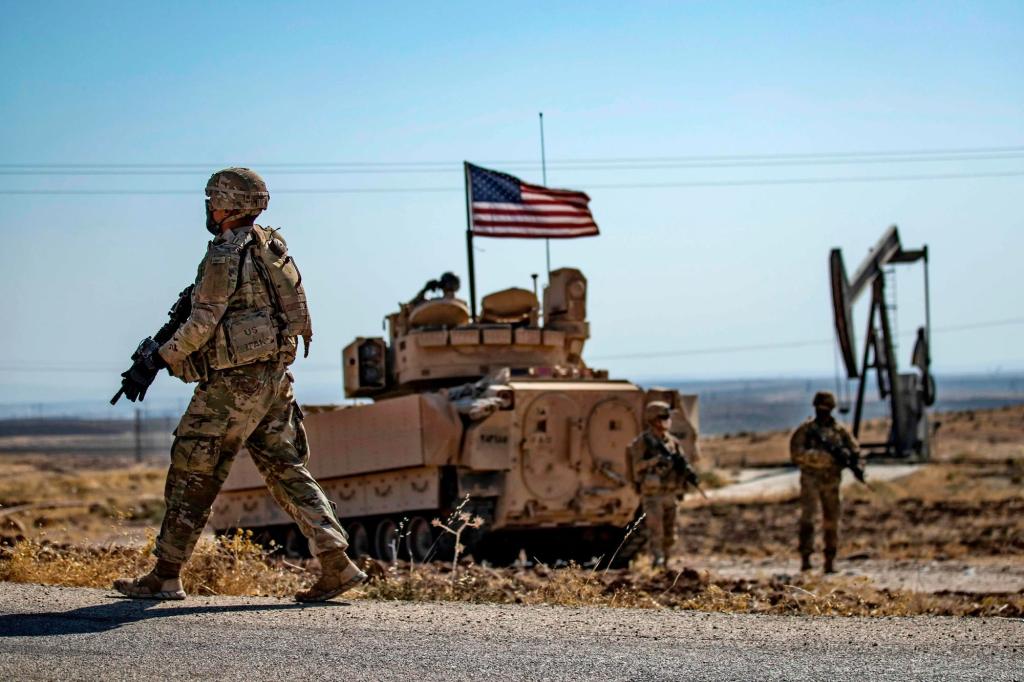US Central Command recently announced the successful killing of Abu-‘Abd al-Rahman al-Makki, a senior leader of the terrorist group Hurras al-Din in Syria. The operation was carried out through a targeted kinetic strike. Al-Makki was responsible for overseeing terrorist operations in Syria on behalf of the group, which is aligned with Al-Qaeda in Syria. General Michael Erik Kurilla, Commander of US Central Command, reiterated the commitment to defeating terrorists in the region that pose a threat to the United States, its allies, and regional stability.
Hurras al-Din and similar organizations are known to be hostile towards the West and its allies, including the United States. Due to their activities that undermine security and stability in the region, the US has taken steps to counter their operations. Defense Secretary Lloyd Austin had previously announced the repositioning of US military forces in the Middle East in support of ally Israel. One of the resources reallocated to the region was the USS Abraham Lincoln, CVN-72, which is a Nimitz-class nuclear-powered aircraft carrier along with its battle group.
The US officially designated Hurras al-Din as a “Specially Designated Global Terrorist” under Executive Order 13224 in September 2019. This designation indicates that the group is recognized as a significant threat to global security and stability due to its terrorist activities. By targeting the leadership of such groups, the US aims to disrupt operations and prevent further acts of violence and terrorism. The recent killing of al-Makki is part of a broader effort to eliminate the influence of terrorist organizations in the region.
The enduring defeat of terrorists in the US Central Command’s area of responsibility remains a top priority for the command. These efforts are focused on protecting not only the United States but also its allies and partners in the region. By taking targeted strikes against senior leaders of terrorist groups, such as al-Makki, the US aims to disrupt their networks and prevent future attacks. The commitment to counterterrorism operations in Syria and beyond demonstrates the US government’s dedication to maintaining regional security and stability.
The collaboration between US military forces and partner nations in the fight against terrorism is crucial for achieving long-term success in the region. By reallocating resources and positioning assets strategically, the US aims to enhance its ability to respond effectively to threats in the Middle East. The presence of military assets, such as the USS Abraham Lincoln, serves as a deterrent to hostile actors and demonstrates the US’s readiness to defend itself and its allies. The continued support for Israel and other regional partners highlights the importance of strengthening alliances to confront common security challenges.
In conclusion, the recent killing of Abu-‘Abd al-Rahman al-Makki represents a significant victory in the fight against terrorism in Syria. By targeting senior leaders of groups like Hurras al-Din, the US aims to disrupt their operations and prevent future attacks. The repositioning of military forces and assets in the Middle East underscores the US’s commitment to regional security and stability. By working closely with allies and partners in the region, the US hopes to counter threats from terrorist organizations and protect the interests of all parties involved.


